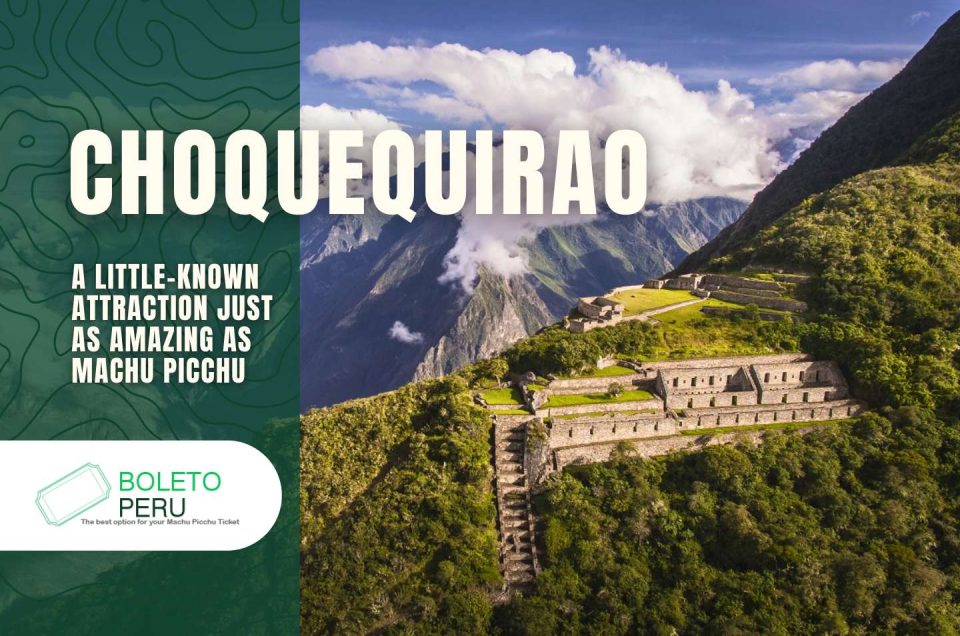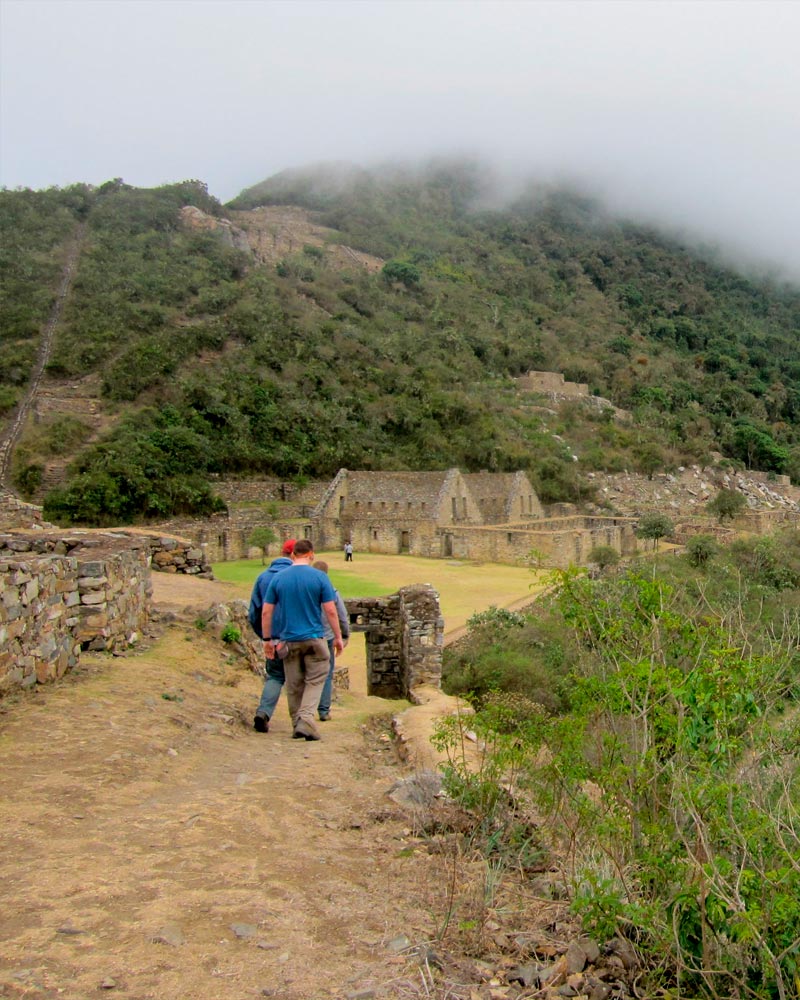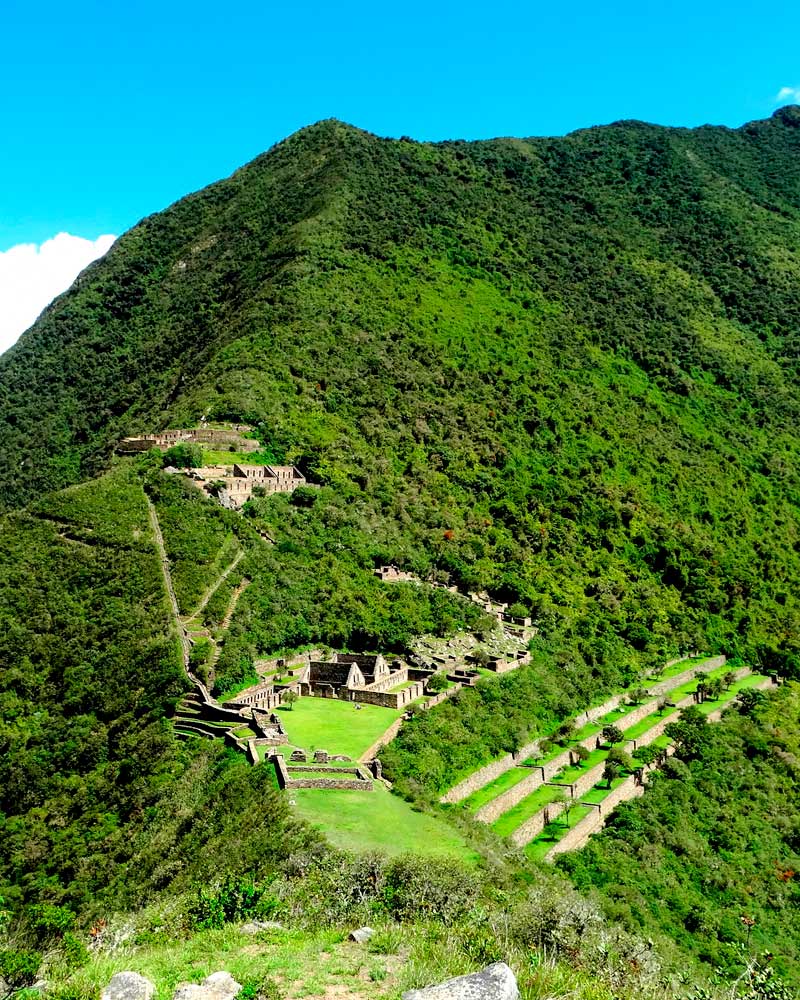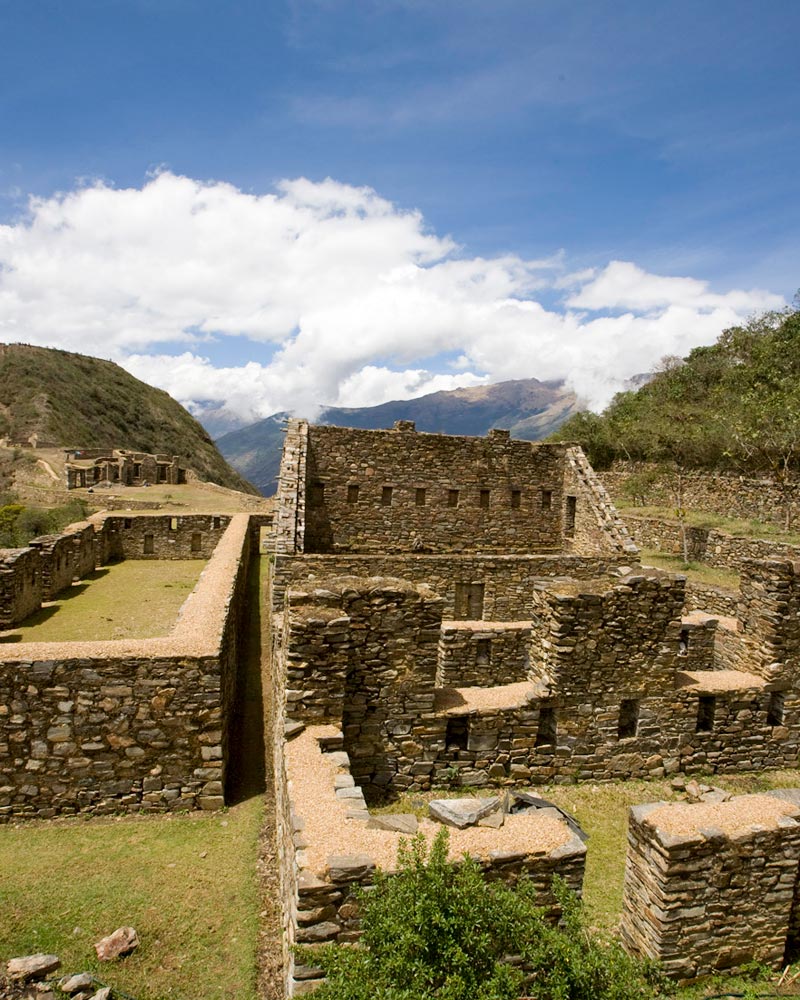An amazing old place in Peru, that until now has stayed somewhat hidden from lots of tourists, is now getting the world’s attention. It’s Choquequirao, a big Inca site thought by many to be an even more amazing treasure than Machu Picchu. Known as the “Golden Cradle,” it was recently put by the famous Time Out magazine among the 44 most beautiful places in the world, standing out as the best place in South America on this special list.
An Inca holy place among mountains
Located at 3,048 feet above sea level, deep in the Cusco Andes, Choquequirao is an amazing old treasure that keeps the marks of the Inca civilization. Often called the “sacred sister” of Machu Picchu, this site stands on top of a mountain, surrounded by wild and lush nature.
Unlike other tourist places in Peru, Choquequirao stays away from the usual paths. This makes it a quiet place, where the silence of the mountains and the lack of crowds let you see the place and explore its ruins more closely.
Also, the site covers more than 1,800 hectares, even though only a small part of it has been dug up. Among what has been found, its wide stone staircases, farming platforms on different levels, holy temples, terraces decorated with white stone llama figures, and irrigation canals that show the clever water engineering of its builders stand out.
|
|
|
|
What makes Choquequirao special?
Choquequirao was not just a simple place to run things; it had many uses in the Tawantinsuyo empire. It was a key political and religious center, placed in a smart spot to connect the mountain and jungle areas. Its location allowed control of trade paths and was a place where different groups of people came together.
One of the coolest parts of the site is the Ushnu, a flat-topped pyramid platform that was used for ceremonies, offerings, and maybe watching the stars. They have also found a city plan with different houses for the important people and the workers, which shows they had a complex social setup.
Also, the design of Choquequirao shows a strong religious meaning. The way many of its buildings face matches important sun events like the solstices, showing the deep knowledge of the stars the Incas had and their connection to nature’s cycles.
Interesting Facts about Choquequirao
- Less than 40% of the site has been explored, so it is expected that even more amazing buildings will be found in the coming years.
- Choquequirao is the only known Inca site that has terraces decorated with llama figures, which highlights their strong link with these animals.
- It is located above one of the deepest canyons in the world, the Apurímac Canyon, which reaches depths of up to 9,800 feet.
- Because of its location in the area where the mountains meet the high jungle, the site is home to a lot of different living things, with rare kinds of birds, orchids, and butterflies.
- It was found again by European explorers in the 18th century, but its importance was ignored for a long time, until recent digging and studies started to show its real historical value.
A Trip to the Heart of Tawantinsuyo
The journalist Jaspe Brezo, who writes for Time Out, described her trip through Choquequirao ruins as “a visual and physical experience, deeply moving”. In her story, she pointed out how big the place is and how hard it must have been to build, comparing it to great wonders of the ancient world.
The name Choquequirao comes from the Quechua words Chuqi K’iraw, which literally means “Cradle of Gold”. When the Inca Empire was at its strongest, this place worked as a political, religious, and ceremonial center. It is thought that it also served as a safe place for the last Incas who fought against the Spanish invasion, and that it held a royal cemetery, where they did detailed funeral rituals. These things make the site a key point to understand the Andean worldview and resistance.
How do you get to Choquequirao?
Getting to Choquequirao Archaeological Park is not easy, but that difficulty is exactly what makes it an unforgettable experience. The most common starting point is the city of Cusco. From there, you need to take a ride to the district of Cachora, in the province of Abancay, a trip that takes between 4 and 5 hours.
The real challenge starts at the Capuliyoc viewpoint, where a walk of several days begins. The path goes down sharply through the Apurímac canyon to Rosalina Beach. After crossing the river using a hanging bridge, a hard climb starts until you reach the old site.
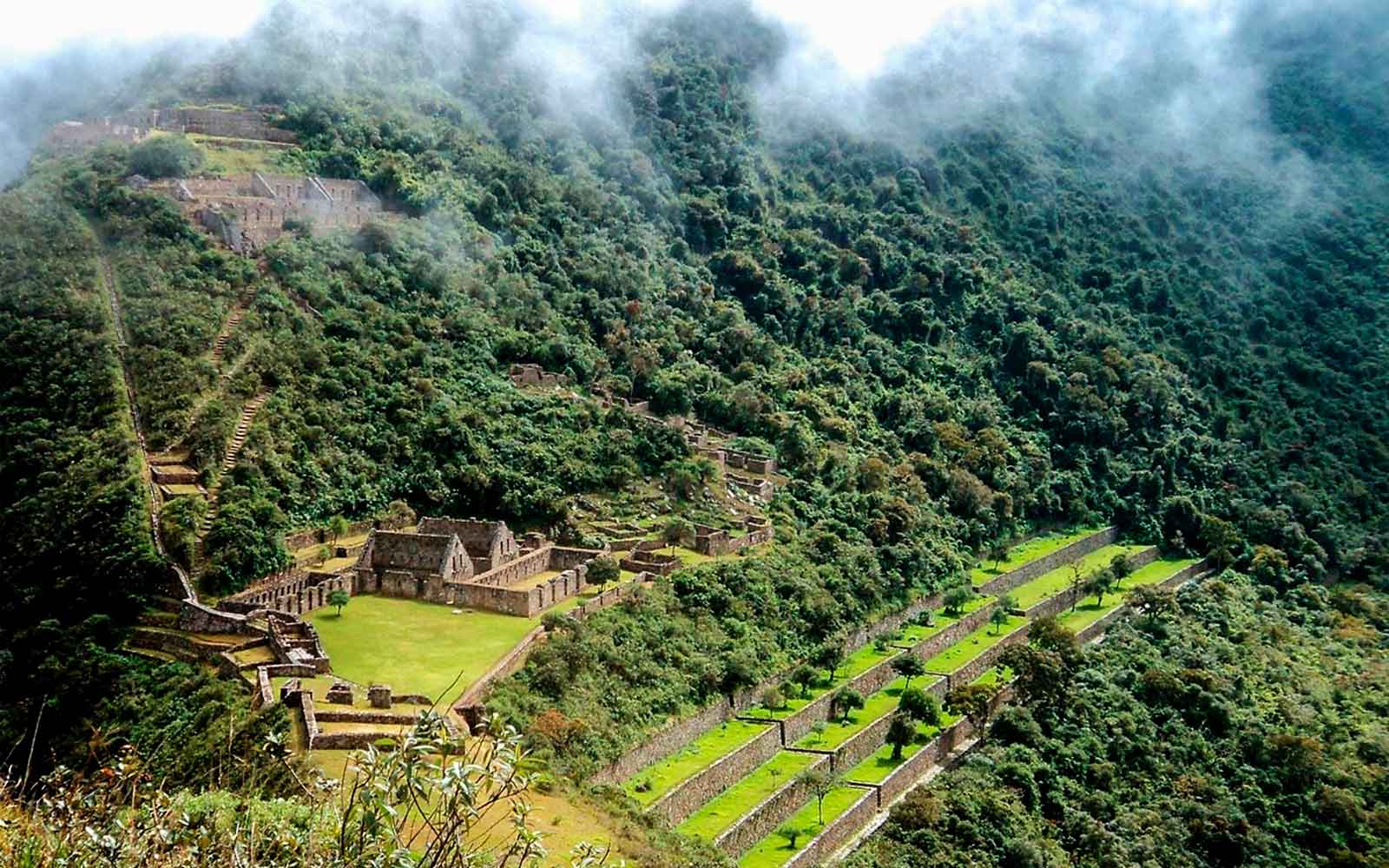
A Hard Journey
The trip to Choquequirao takes about 30 hours of walking in total (round trip), spread out over 4 or 5 days. The route covers about 38 miles of rough land, with changes in height from 4,600 to over 9,800 feet above sea level. It is a physically hard route, but those who finish it agree that the wide views, the untouched nature, and the magical feeling of the place make every step worth it.
International Recognition and Growing Interest
Choquequirao’s fame has gone beyond borders. National Geographic recently did a special report about it, highlighting its cultural importance and how well it has been kept. Now, with its inclusion in the top 10 most beautiful destinations in the world according to Time Out, its value as a tourist attraction is even stronger.
In this global list, Choquequirao is in eighth place, above famous places like Disko Island in Greenland and the Red Rocks Amphitheatre in the United States. Also, it is the only South American place on the list, which confirms its importance on the international tourist map.
Top 10 of the most beautiful places in the world according to Time Out:
- Komodo National Park (Indonesia)
- Victoria Falls (Africa)
- Punakha Valley (Bhutan)
- St. John’s Co-Cathedral (Malta)
- Disko Island (Greenland)
- Brecon Beacons (Wales)
- Red Rocks Amphitheatre (USA)
- Choquequirao (Peru)
- New Forest (England)
- Hà Giang (Vietnam)
What is the best time to visit it?
Although Choquequirao is open for tourism all year, the best time to visit it is during the dry season, which goes from April to October. This time is great for doing the hard trek, because the weather is more stable and the chances of rain are much lower. Heavy rains, common between November and March, not only make the path difficult, but also increase the risk of landslides, mud, and slippery parts, which can make it unsafe for hikers.
During the dry season, the days are usually sunny and the skies are clear, which gives perfect visibility to enjoy the amazing Andean landscape, the deep canyons, the Inca terraces, and the lush green plants around the old site. Also, the nights are cold but clear, great for camping under a starry sky and having a closer experience with nature.
Weather, plants, and animals in the dry season
In this time it is also easier to see the rich variety of living things in the area. The mountains are covered in plants, and it is common to see condors flying over the Apurimac canyon. There is also a better chance of finding animals like Andean deer, foxes, hummingbirds, and many kinds of orchids in bloom.

